Gloria Hwang – Founder & CEO of Thousand
Episode 156
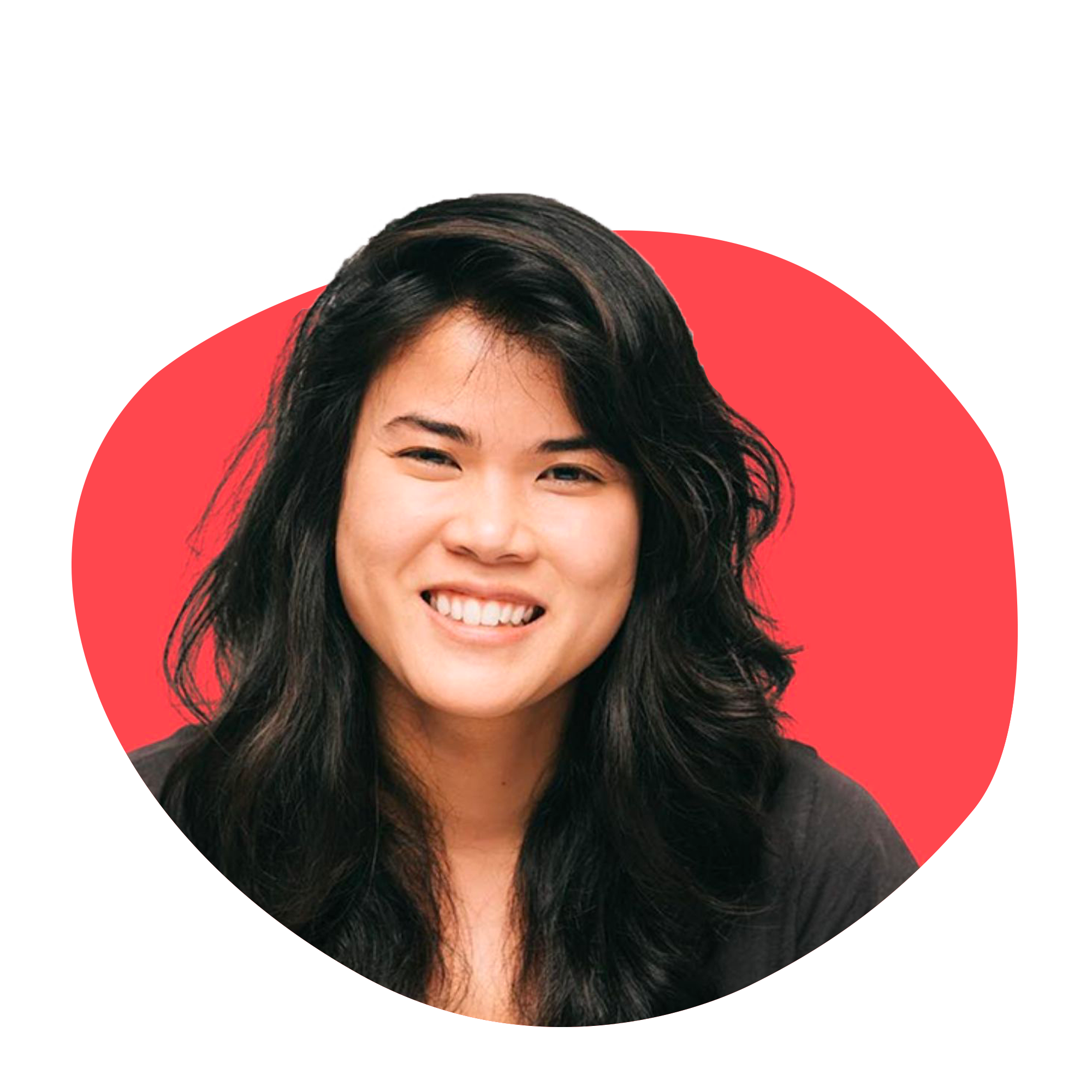
Interested in being inspired to go out and start your own thing? Then, today’s episode is perfect for you! Meet Gloria Hwang, Founder and CEO of Thousand, a company that creates sustainable, aesthetic, and the perfect functional cycling helmets. Listen to how she found her passion in social enterprise, startups, and the tragic event that inspired the idea of creating Thousand. Gloria also talks about the new mobility trends in the US and what’s truly essential when it comes to community building. Be inspired on your entrepreneurial journey and listen to this episode on #TheKaraGoldinShow
Resources from
this episode:
Enjoying this episode of #TheKaraGoldinShow? Let Kara know by clicking on the links below and sending her a quick shout-out on social!
Follow Kara on LinkedIn – Instagram – X – Facebook – TikTok – YouTube – Threads
Have a question for Kara about one of our episodes? Reach out to Kara directly at [email protected]
More links from Gloria Hwang
Transcript
Kara Goldin 0:00
Hi, everyone, its Kara golden from the Kara golden show. And I’m super excited for my next guest Yay, Gloria long, who is the founder and CEO of the hottest, not just a bike, I mean, it’s if you’re just bike around, you haven’t sort of figured out how to do the bike thing yet. I’m sure this helmet would be just fine for you. But it’s an incredible company and product called 1000 helmets. And she is here today has an amazing backstory that I just loves so much. But we are here to really talk about her own journey and her journey as the founder and CEO of 1000, which as I said, is a company that sells sustainable aesthetic and functional cycling helmets, and so comfortable and so cool. And actually, my daughter was about to snag it from me earlier. And I’m like, ah, not not so fast. So don’t be going anywhere with that thing. So that’s a true story. And but more than anything, as I said, the story of how she went from another company, which you may be familiar with Toms, and some of the stuff that she was doing there, too, has always been really interested in the social impact side and then decided to bring it into the helmet world is just is a crazy, but great story. So I’m really excited to have you here, Korea. I’m going to stop talking and just start asking you all these questions that will get you to tell the story versus me. So welcome. Yeah, thanks so much. Nice intro. My gosh. excited to talk to you today. Yeah, super fun. So tell me a little bit about Gloria. So where did you get started?
Gloria Hwang 1:51
Yeah, I grew up. My background is I grew up in Houston, Texas. We grew up in a town called Clear Lake. And it’s basically like a town created for NASA employees. So my dad was like a robotics engineer for NASA for a long time and went to school at UT Austin. Now I’m out in LA. Because, again, my background is I moved for work I I worked at Toms previously before starting 1000.
Kara Goldin 2:14
Very cool. And did you so was your first Where was your first job?
Gloria Hwang 2:19
Yeah, so maybe this is the starting of where I became an entrepreneur. My first job was to actually probably pumps. So the shoe company Toms back then it was a one for one model. Growing up, I knew I wanted to do something related to like helping people creating some good in the world, I had no idea of what that really meant. So right out of college, I did a year of AmeriCorps. And what AmeriCorps really was was a year of national service with a nonprofit. And my goal was to try to see if I wanted to work with a nonprofit, long term, because that seemed like down my career path. I did that for a year, it wasn’t totally for me. So I took the year to do an internship with a company called Tom’s at the time. They were like a 15 person company out in a warehouse in Santa Monica. I saw cool YouTube video. And I said, Yeah, let me apply to that got in. And I fell in love with just the concept of social enterprise. For me just blending the business model of doing good, but also aligning that with a revenue model. So it’s more sustainable made a lot of sense to me. So that’s probably where my career started. And where my roots are, for my social impact perspective.
Kara Goldin 3:22
Many people who listen we we have a lot of people who are entrepreneurs or curious about entrepreneurs, but also a lot of students and what I always share with students and hopefully new graduates as well, that it’s a it really is just about finding what you enjoy doing and what you’re sort of drawn to. I mean, here you were just living your life hanging out on YouTube. And you heard about Tom’s, right? And then you’re like, oh, maybe there’s something there. You didn’t sort of know if there would be or not, but you just went and tried. And I think that that’s the story of how you end up. You just go right, you jump into something. Would you agree?
Gloria Hwang 4:05
Yeah, I think I think you define it really well. I think people think social entrepreneurship is creating a product or it’s learning having business skills or an MBA, but I, I would say for me, entrepreneurship is really like your person that wants to solve a problem. And that problem can be anything for some people. So So I would say that’s probably the journey of such social entrepreneurship. Where do you think you can create value? And where is there a gap in terms of the value that’s being provided to people? And if you can, if you can make something then that’s entrepreneurship,
Kara Goldin 4:36
what do you think was the most surprising thing in sort of jumping into this company? You said you had there were 15 people there when you got there?
Gloria Hwang 4:44
Yeah, it’s Gosh, honestly, it’s some of the funnest times of my life. Again, I you know, I grew up in a world where entrepreneurship startups really weren’t a thing yet. It was it was a fringy thing to do like this culture of Kind of like founder first and again, a startup Silicon Valley thing wasn’t a thing back when I started in the workforce. So for me, when I went to Tom’s I expected it to be like a normal run business, in terms of what I had seen, but back then Tom’s was just like in a warehouse with no central AC in Santa Monica, like 15 people, 20 people, no HR representative, yet, all a bunch of young kids in their 20s, like me at the time. But they all believed in this idea of, if you can sell something and do something good at the same time, then you can create a lot of value, it’s a new way of doing business. So we all just like, worked our tails off, to try to make that vision come to life. But it was a lot of work. But it was an incredible amount of fun with an incredibly cool group of people. It was incredibly cool experience in the sense that I grew with Tom’s till they were like, 500 people. So it’s also you, you learn a lot about business, and things to do, but things not to do at a company scaling so quickly. So
Kara Goldin 6:01
and different sizes of businesses and what’s needed then, and in terms of scaling, so you probably and I’m sure as you were in it, you weren’t, you know, you’d have challenging days and try and figure out how that business has changed. I was at America Online when it was about 100 people. And, you know, then there was 1000s of people that were there. And we were adding 1000 people per week. I mean, it was insane. Like the growth that we had gone through. And I tell people, I didn’t know it until I left that I had been through a hockey stick. And, you know, which is a fast growth? Oh, yeah. And then watching it level off actually coming off of that ride. It was like being on, I don’t know, multiple roller coasters. And then all of a sudden, somebody’s telling you to walk straight. It was just like, wait, what what’s happened to me? Because this adrenaline rush, right? Yeah. And again, you once you experience it, it’s, it’s, you know, it’s a lot of fun. It’s exhausting. But it’s also really rewarding to know that you contributed to something like that. So I’m sure that’s that’s what you, you hold with you about that, that experience. So you left. It’s about 500 people and where did the idea of 1000 come from?
Gloria Hwang 7:25
You know, I was still working at Toms when I had my idea for 1000. Basically, a, if I’m honest, a mentor of mine at Tom’s got into a bad bike accident he had hired me when I was an intern. It was a headfirst accident and he wasn’t wearing a helmet and passed away on impact. I was a longtime bike rider. And I never wore a bike helmet up into that point. And immediately when I heard that story, I was just like, man, I just need to go get a bike helmet just to be responsive, myself and the people around me. But when I went out to find something I liked, I found things I thought were kind of passable or would work but I didn’t. I wasn’t excited. I didn’t really like any of them. And honestly, I just stopped biking so much like I wasn’t a hardcore bike rider. It’s not like I went 50 miles on a weekend it and for me, I just went the coffee shop, I just went to the beach. And again, with my background and social impact. My thought was, you know, if you make a helmet people actually want to wear it really felt like it would help save a lot of lives. And beyond that I thought you could help urban mobility within cities. The reason why people don’t like to bike skateboard scooter and get out of their carts is because they don’t feel safe. So from my perspective, like this kind of helmet concept could have done a lot of good in this world. So I worked on it nights and weekends, I had during my time at Toms launches on a Kickstarter was trying to raise about 20k and this initial Kickstarter and ended up raising closer quarter million. So very quickly into that Kickstarter process, I realized my next step was as an entrepreneur, and I should be spending my time on that. So I quit my job sometime during during the Kickstarter process. Thomas was incredibly supportive of me and still is. But yeah, that night launched my journey with 1000 in entrepreneurship in general.
Kara Goldin 9:04
So Kickstarter campaign for those listening, like, how did you have the idea to go on Kickstarter and actually raise money? And how is that different than actually going out and getting angel investors as an example?
Gloria Hwang 9:18
Yeah, well, for one, the thing is, I was broke in the sense that I started 1000 with the money in my bank account, and you know, as a 27 year old that’s, I had 20 grand, it was like miraculous To me it that even saved that much. So I I took the time, I knew I couldn’t do much with 20 grand because molds molds, kind of getting inventory produced I knew would cost hundreds of 1000s of dollars. So I said can I take my 20 build a prototype, put up a video and just give people a sense of what I wanted to do. And maybe this larger community has an interest in it. So so that was really the idea around it back then. I really didn’t know much about investors or venture capital seed capital, any of that stuff again, for me it was, I was I was a 27 year old startups were also a relatively new and young concept. So I kind of got funded the way I knew how which is asking all my friends and family to pitch in 20 bucks if they had it, and it became a little bit bit bigger than that.
Kara Goldin 10:20
And so part of the Kickstarter campaign, once you actually had a produce, then they would get the helmet they write that is that the way that the Kickstarter I’ve seen some of those is that describing it correctly,
Gloria Hwang 10:33
my story was, I didn’t have anything produced, I basically came up with a 3d prototype. So I’d worked with an industrial designer to design the initial prototype, and work with the factory and said, Hey, I don’t want to open up tooling it, I want to see how this Kickstarter goes. So I again, put up pictures and a video of this prototype I had made. And there was kind of an explosion of demand of people wanting this. So very quickly, for the next nine months, I worked with a factory to get this into production and getting product out of the people. But it was a super challenging process. I ended up living in China for like three months, just just to get it done with our factories. But again, that’s that’s like the entrepreneur ship journey. If creating new products that created value for people was easy, it probably they’d be a lot more iterations in our industry. But that Yeah, that was my Kickstarter journey.
Kara Goldin 11:24
And you knew before you were potentially going to go raise money that you had to have a prototype and you just didn’t have the money. So it’s one way to actually go do it find those people that are able to do it, you have to repay the money is that the way that the Kickstarter, for those people who aren’t familiar with it, that are thinking about it and hearing about it for the first time? How would that affect someone’s business?
Gloria Hwang 11:45
That’s a great question, Kickstarter, technically, from what I understand is, it’s a fundraising platform. So it’s not, you’re not paying money. If you’re backing a Kickstarter, you have the understanding that the product may never ship, your backing is part of this Kickstarter community is to follow along this founder or entrepreneur on their journey of trying to make something. So whether it turns out great, whether they return they can’t get into production, or whether it becomes the best selling product ever. You’re just along for the journey. And that’s what your fundraising amount is for for all of our backers, we delivered all of our products. And we gave a bunch of extras and treats to because we were late. But we also just really appreciated them for funding us really to get to that point. And you enlisted a couple of people that you knew to partner with you on developing it. So somebody next colleague and actually your father, yeah, again, so when you don’t have the money in your bank account? Yeah, it’s I call it friendly and sing. And maybe in that case, family Lansing, where you just pull the people around you to help. So one concept on our helmet we have is something called our pop lock. And that’s a hole in our helmet. If you see it there, Kara, where you can throw a bike lock, where you lock through your helmet, so you can lock up your helmet to your bike. And if you lock up your helmet, if your bike is ever stolen for any reason, we just replaced the helmet for free. So that concept, again, didn’t exist in the helmet world. And I didn’t necessarily have the manufacturing chops to get it done or not manufacturing shops, just the technical know how my dad, again was a robotics engineer for NASA. So I asked him to help me kind of come up with technically how we could get it done from a manufacturing perspective. So it’d be really repeatable, but really durable.
Kara Goldin 13:28
It’s very, very cool. So then how is it going? I mean, you get it out there into the market, how when did you actually officially get it into the market?
Gloria Hwang 13:38
We so we launched that kickstart back in 2015. But we got into market by 2016. And from then it’s been just a rocket ship, we very organically have grown double or triple every single year. These days, we’ve got about, you know, 20 employees, a 25,000 square foot self run warehouse in the arts district in LA, I would say we’re like a comfortably hitting like a very high revenue target year after year and continue to do so like there’s no kind of slowdown in terms of growth. And for us, I think it’s also because we were really different in our industry. Like at the end of the day. We’re trying to be something for people we call it tools for urban travelers, people who are biking, skateboarding scootering around the city, we’re trying to make tools for them. So we’re also just trying to service a new group of customers that have emerged in a new trend in urban mobility.
Kara Goldin 14:32
I love it. And as you and I talked about earlier about our mutual friend Chris, who introduced us, Chris Lockheed, you know, he’s got so many different ebikes and he’s got different helmets for different things that he’s riding and skateboards and everything else. So do you see that as a trend for a lot of people that they want multiple helmets for different things that they’re actually Using?
Gloria Hwang 15:01
Yeah, good question. And I love Chris, he, I think the trend we’re seeing is that mobility is changed is changing in the US in the sense that the majority of trips that happen are under three miles in the US. So I think it’s over, I think it’s over 60% of the trips that happen to us are under three miles and that that number includes cars. So if that’s the sad, why are we driving everywhere? It makes sense why people are taking bikes, more scooters, more skateboards, more emobility is becoming a trend in terms of this is a new way to get around from a transportation perspective. And I think where helmets comes in is, there’s a huge need to be safe. Just because that trend is continue on. And my belief should be Does it mean that infrastructure is there to support state riding.
Kara Goldin 15:50
So from my perspective, getting tools to keep people safe, is becoming increasingly important as this trend continues? What mix in terms of direct to consumer versus just retail outlets are people finding your helmet,
Gloria Hwang 16:04
we’ve got about this year, we’ll do about 70%, direct to consumer 30%, wholesale. And we’d like that balance where a digitally native brand with a wholesale arm. But some of the biggest places customers can find our product is we’re in Rei, all doors. So if you go there, and we’ve got a couple of big partnerships coming up this year, but I would say the best way, or the most direct way for us to get our products would be our site, and let’s explore thousand.com.
Kara Goldin 16:32
And how does social fall into kind of your brand building?
Gloria Hwang 16:36
How important is it? I would say social is a channel but maybe the broader question is How important is community in our brand building. And I’d say providing content to people that are relevant content that’s relevant to people. So to talk about sustainability, and what we’re doing for Earth Day and tips people can kind of have for better safer riding to get out of their cars is something we’re really interested in providing people next month is Bike to Work Day. So providing tips for people on how to bike to their workplace safely, how to stop the tires, pop up their bikes, all that stuff is really important to people. So I would say socials important in the sense that we always want to provide value to our community by providing them content that’s relevant to them. So content really lives at the center of all we do. And then we have all of our marketing channels it’s surrounded. And then we just approach everything a little bit differently.
Kara Goldin 17:29
And how have you built the community? I mean, what how did you go out? And did you end up giving out helmets initially to different influencers? Or people that you knew that you know, would start wearing them? or How did you like, what was your first step? Do you remember?
Gloria Hwang 17:46
Yeah, if I’m honest, a lot of it is word of mouth in the sense that my background wasn’t marketing to start with. But what I did know is what I liked as a customer, and I liked it when companies treated me really well. So for us, that meant building a product that had more value than what the price you were paying was we even actually feel like you’re getting value, even though you’re paying like $89 for something or $135 for something. So for me, it starts there, like word of mouth is where everything started for us. And that’s really where our community started from. And we’re built from because even when customers started to interact with us, they probably started to realize we were a different type of company. We’re not like, trying to, again, like sometimes customer experience or customer service is like how do I not let people extract more money out of me? And we have the opposite approach? How do we try to bring people joy in an interaction point. So because of that people just started to like us. And people started to follow us on social and people started to sign up for emails. So now when we announce big things, or we announce cultural things that are happening with our company, you know, people are people write us and be like, Oh, I’m so excited. You’re turning six this year. I’ve been following along with you since like, you were one, I have this. I bought this for my kids. And I have this for myself. I’m really excited about x, y and z. So for me, that’s where community building starts not necessarily with paid marketing or channel it just starts with treating customers. Right.
Kara Goldin 19:11
I love it. So great. And what’s what’s the longest bike ride you’ve been on?
Gloria Hwang 19:17
Oh, well, Kara. Again. I’m recreationalists writer. So I wouldn’t say I do a lot of miles. But probably the longest ride I’ve been on was about 50 miles and I barely made it in the sense that my bikes not super set up for it. But I love like a long beach ride. So I’ve, I’ve biked down to like Newport Beach and have biked back to LA before. So that was a fun one.
Kara Goldin 19:42
So great. And so where do people find 1000 and also you if people have want to follow more about what you’re doing.
Gloria Hwang 19:52
I would say find 1000 at our website, which is explore 1000 calm, you’ll see our latest products sign up for our email list again. Beyond just product updates we send what’s happening with the company. In the question of me, I would say I’m a little less of a founder first business, but I like doing these interviews because I love talking to people about what we’re trying to build, to follow me if you want Follow me on LinkedIn. I do post things. I’m thinking of some times or our blog, on our website,
Kara Goldin 20:20
where you’re a great example Gloria, of somebody who just went out and tried and did it. And I recently wrote a book called undaunted, overcoming doubts and doubters. And it really is about my own entrepreneurial journey of getting just going out and trying I had fears. I wasn’t sure if it was gonna work or not, but I was gonna give it a try. And, and you’re another example of somebody who just went out and, and lived undaunted, so you should be very proud of what you’ve built so far, for sure. And I’m excited for everybody to hear your story. And just really excited that everybody joined us here today. We are here at the Kara golden show every Monday and Wednesday, with incredible entrepreneurial stories, focusing on founders and CEOs and what their journey was and how they did it. And hopefully, it will inspire you to go out and start your own thing. Know that you can do it. And it may seem hard and challenging at times, but you have to figure out a way to get over the wall, knock down the wall, whatever it is, and find that thing that you really feel like needs change and that and that you be the change that ultimately goes and does it. So thank you so much, Gloria, for joining us. I loved this conversation, and oh, and also everybody. Give five stars to Gloria as well and subscribe to the newsletter and thanks so much. Have a great week. Thanks, Kara. Appreciate you.
People Also Liked
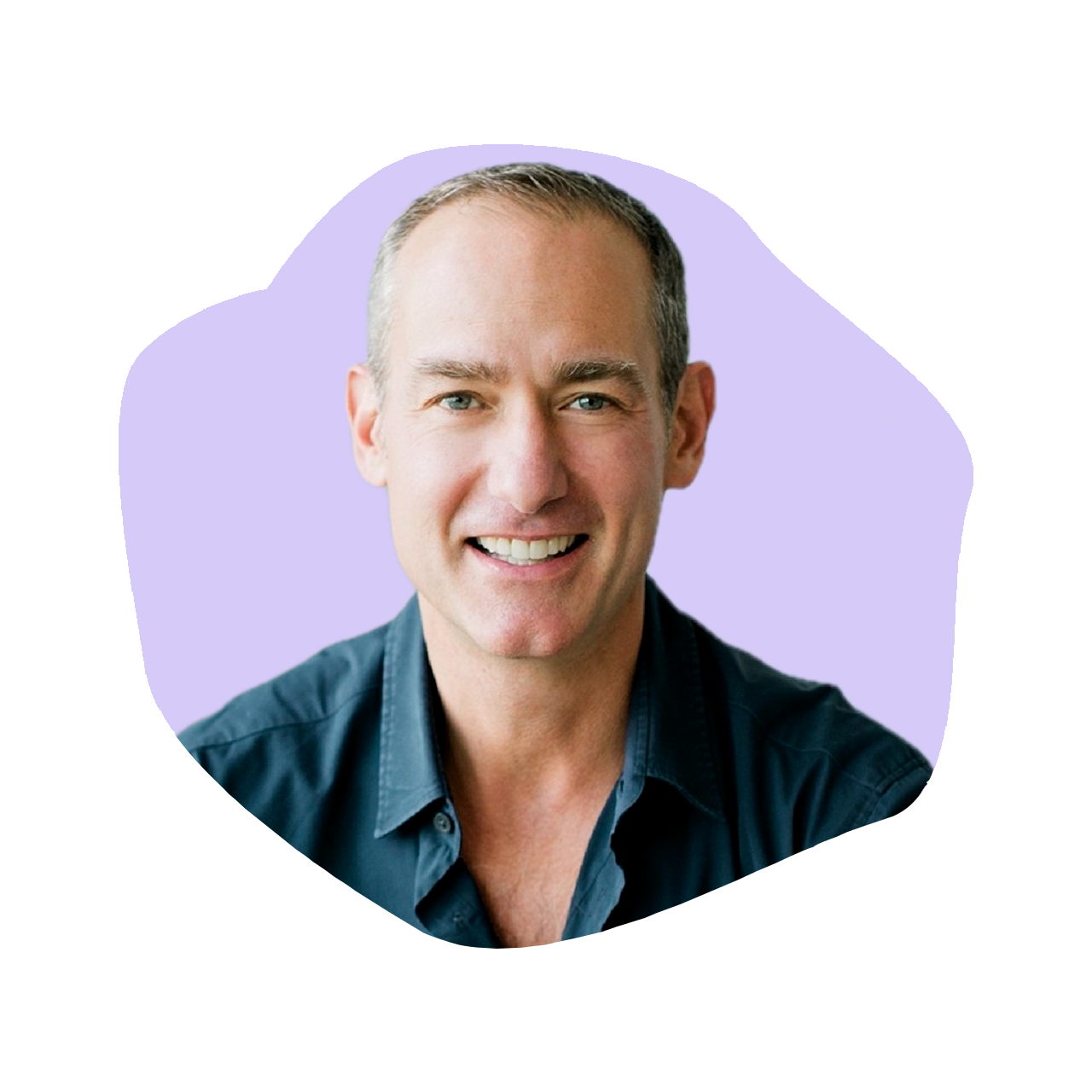
752
Mark Rampolla: Author of An Entrepreneur’s Guide to Freedom and Founder of ZICO
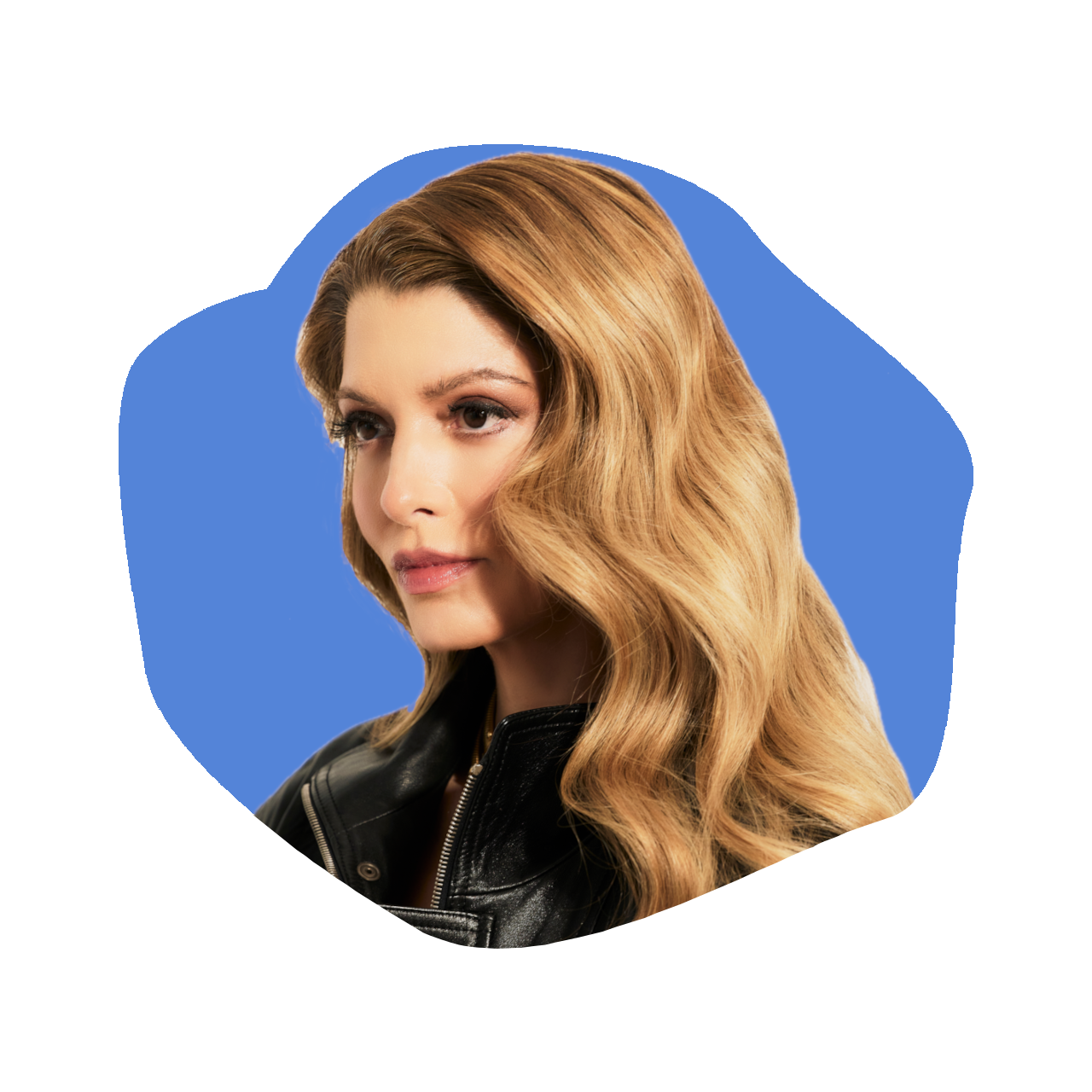
751
Deborah Pagani: Founder of Deborah Pagani Beauty
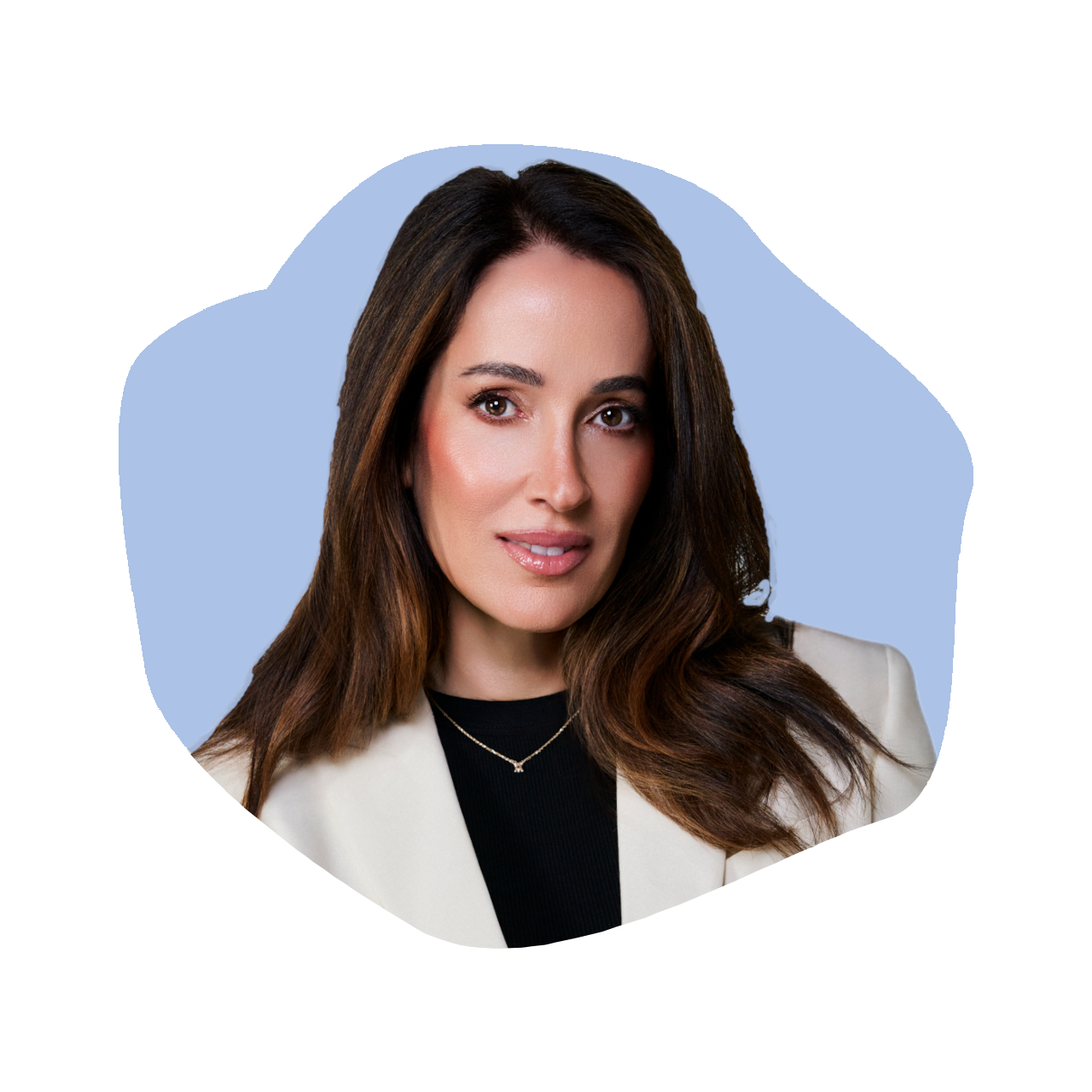
750
Angela Caglia: Founder & CEO of Angela Caglia Skincare
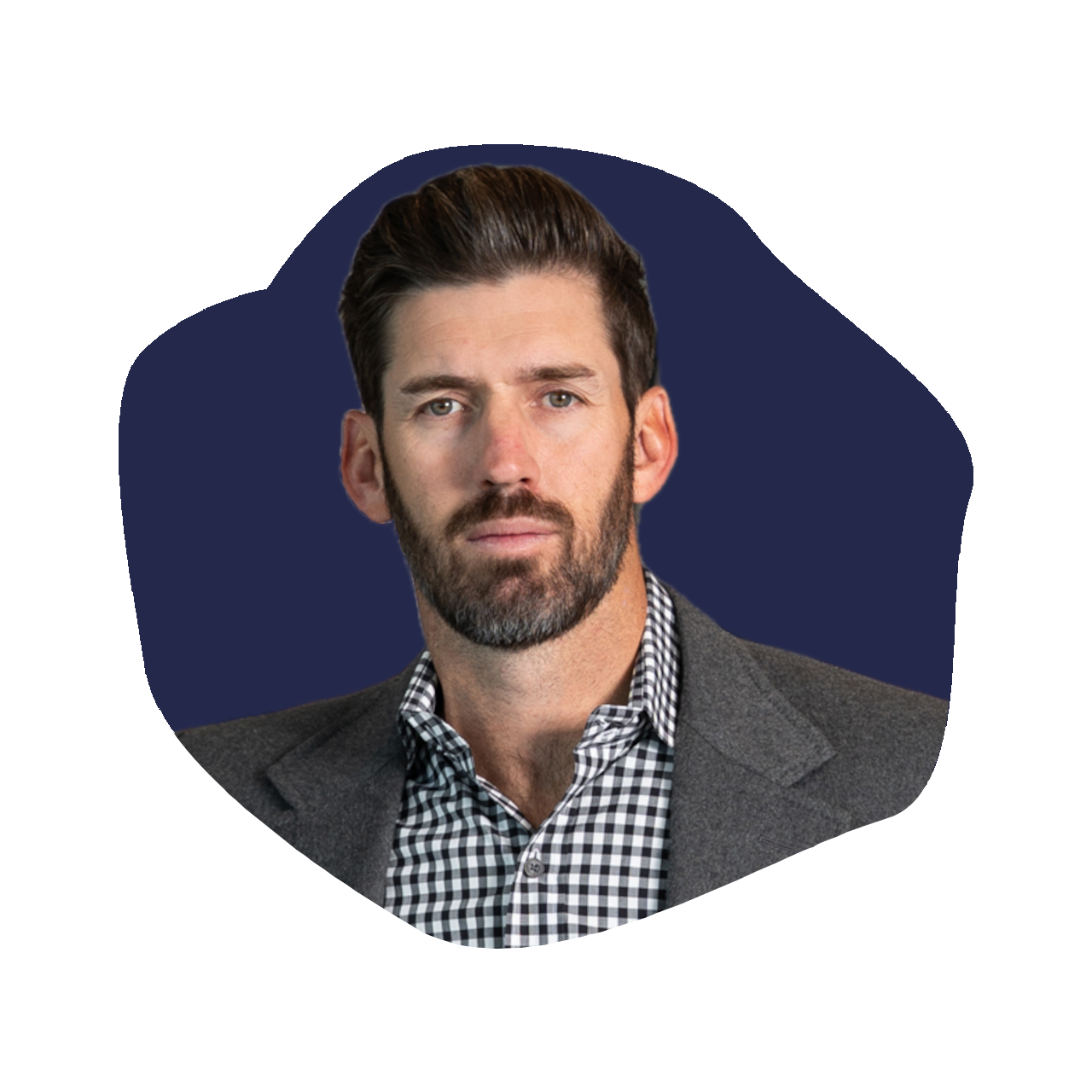
749
Doss Cunningham: Chairman & CEO of Nutrabolt

748
Cheree Ashley: Founder & CEO of Osier




